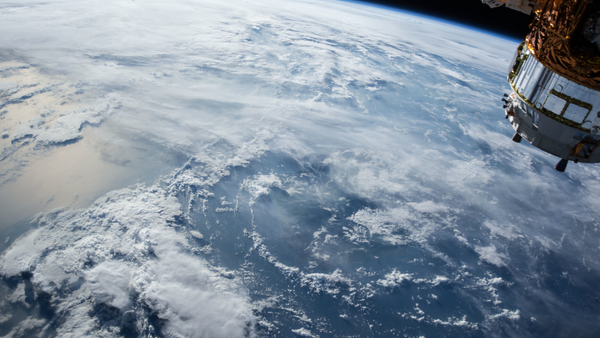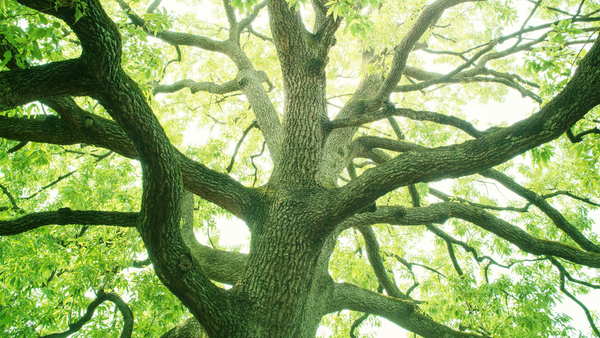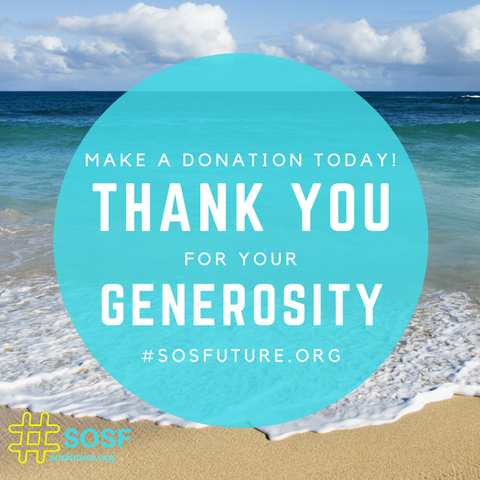How ships are affecting the environment
Planet earth, the most beautiful planet in our solar system teeming with diversity of life and blessed with the undeniable beauty of mother nature, but unfortunately this is slowly but surely changing as it is a well-known fact that this planet we call home is ailing as a result of man’s activities and our ambitions to create wealth by exploiting earth’s resources and taming it to suit our will.

The good news is; as discussions about climate change and its causes continue to grow and people begin to be more aware of how our planet is being impacted negatively thanks to the activities of humans. People, organizations and governments are becoming more committed to reversing this trend and educating people on best practices that will further the course of halting scary climate changes happening all over the world.
International Shipping is one of these activities that is having a significant effect on the health of the environment. As the activities of ships transporting goods, and people from one part of the world to another is on the increase and is affecting our oceans and seas directly and also adding to greenhouse gas emissions that is one of the leading causes of climate change and global warming.
To put this problem into perspective, did you know that when you order a product online from another country, that merchandise is most likely to be transported aboard a cargo ship. Beyond this, ships are useful in transporting large amounts of products across the world including crude oil, automobiles and other large numbers of heavy items that can’t be transported by air and also because this means of transportation is the most cost-effective for businesses. The numbers reflect this, as they show that about 90% of the world trade is carried on oceans and the number continues to grow as more and more businesses are emerging and preferring shipping to any other means of transportation. While this reflects the growth of the industry and paints a great picture from a financial standpoint, it isn’t so great for the environment and that is why international shipping is one of the most prominent factors driving climate change.
To back this claim, we shall be looking at some of the ways international shipping and ships are contributing to climate change, and why several organizations and groups are pushing for regulations and strategies that will change this trend.

- Greenhouse Gas Emissions
Most ships require the combustion of fossil fuels to power them, and as a matter of fact the bigger the ship the more amount of energy it needs, which means the more the amount of fuel it needs to power it to perform its functions. As a consequence of the combustion of the fuel, air pollutants are released from the ships as a by-product of the combustion process. This is why according to the International Maritime Organization (IMO) estimates that shipping contributes to over 3% of global carbon dioxide emissions in 2012 and they project that it could rise to over 50% in 2050, this means that the global shipping industry produces almost the same amount of carbon dioxide and other greenhouse gases as countries like the USA, China, and Russia that are leading the global greenhouse gas emission list.
- Oil Spills
There is a significant amount of oil spillage caused by ships as they traverse the seas and this leads to distressing effects on not just the waters but marine life which consists of fishes, mammals, and plants. What makes spillage of crude oil on the ocean even worse is the fact that it contains polycyclic aromatic hydrocarbons (PAHs) that leads to loss of marine life when ingested and even affects humans. What’s more? These hydrocarbons remain in the water for many years and spread because they are very difficult to completely clean up. There have been some major incidences of oil spillage over the years that had caused devastation in and around the areas where they occurred.
- Dumping of Sewage
Whether it is a cruise ship or a cargo ship they are maned by people and also transport people aboard them, and as a result, the waste produced by the people aboard the ships is discharged into the ocean. The untreated waste or sewage that is dumped into the sea contain harmful microorganism including bacteria, pathogens, and viruses that could be fatal to marine life when ingested and could also lead to excessive algae bloom that could deplete the oxygen supply in the area which also could lead to loss of marine life in the area.
- Poor Maintenance of Old Vessels
Most older vessels navigating are not properly maintained by the shipping companies, and cause pollution problems in the sea. Most ships have rust underneath and can release other harmful chemicals that could destroy marine life and habitats.
These are some of the ways that international shipping and ships affect the environment negatively and cause climate change but thanks to efforts from organizations such as the International Marine Organization that are leading the change and working in tandem with the United Nations to ensure that this industry puts in place regulations and guidelines that should help further the UN’s climate change initiatives and combat climate change and its effects. The IMO has designed and come up with some policies that will help the maritime/ shipping industry to conform to reduce pollution and emission of greenhouse gases. These policies include: the Energy Efficiency Design Index (EEDI) and Ship Energy Efficiency Management Plan (SEEMP) which are contained under the IMO’s pollution prevention treaty (MARPOL).
In 2018, the IMO adopted a strategy that is aimed at progressively reducing greenhouse gas (GHG) emissions from ships. This strategy will help to regulate the amount of fuel burnt by each type of ship for certain cargo capacity. Also, part of this strategy will be to execute global technical cooperation projects that will assist in some developing States to adopt energy efficiency practices in the shipping sector. Some other regulations and measures are contained in the IMO’s strategy that affirms its commitment to a healthier planet which is a course to get excited about. To find out more about what the IMO is doing to combat climate change click on the http://www.imo.org/en/MediaCentre/HotTopics/Pages/Reducing-greenhouse-gas-emissions-from-ships.aspx.

TO HELP US CONTINUE WITH OUR MISSION YOU CAN:
Thank you, thank you, thank you, we could not do it without you!
DONATE :
BUY ONE OF ECO-FRIENDLY PRODUCTS:
YOU MAY ALSO LIKE:

How Recycling helps the environment
Pollution and ways to prevent pollution
How to be More Eco-Friendly
How Bad Are Pollutants Affecting The Ecosystem?
How To Compost At Home?
What you need to know about plastic breakdown
How To Detect Shark In Our Daily Products?
20 Zero Waste Resolutions For 2020
The Alarming Effects Of Pollution On Coral Reef




